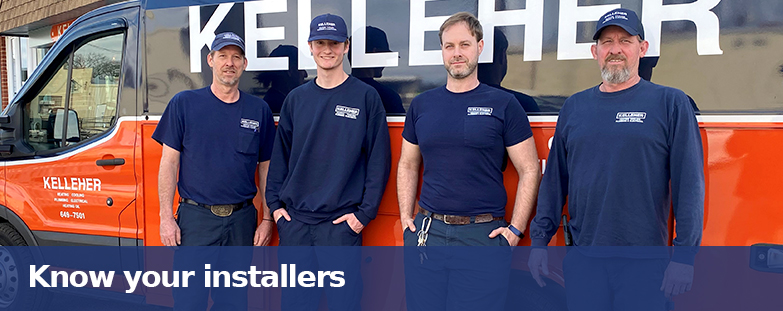
For over four decades, KELLEHER is building a reputation in the Richmond area for installing and maintaining high-quality home comfort systems. Let our family help your family with your home comfort needs.
How to Prevent Frozen Pipes
May 10, 2023As part of winter home maintenance, it’s important that you protect your pipes from freezing in the frigid temperatures. Frozen pipes can quickly burst, leading to thousands of dollars in water damage. Before you’re faced with having to call a plumber, let’s talk about some of the ways that you can protect pipes that are susceptible to freezing.
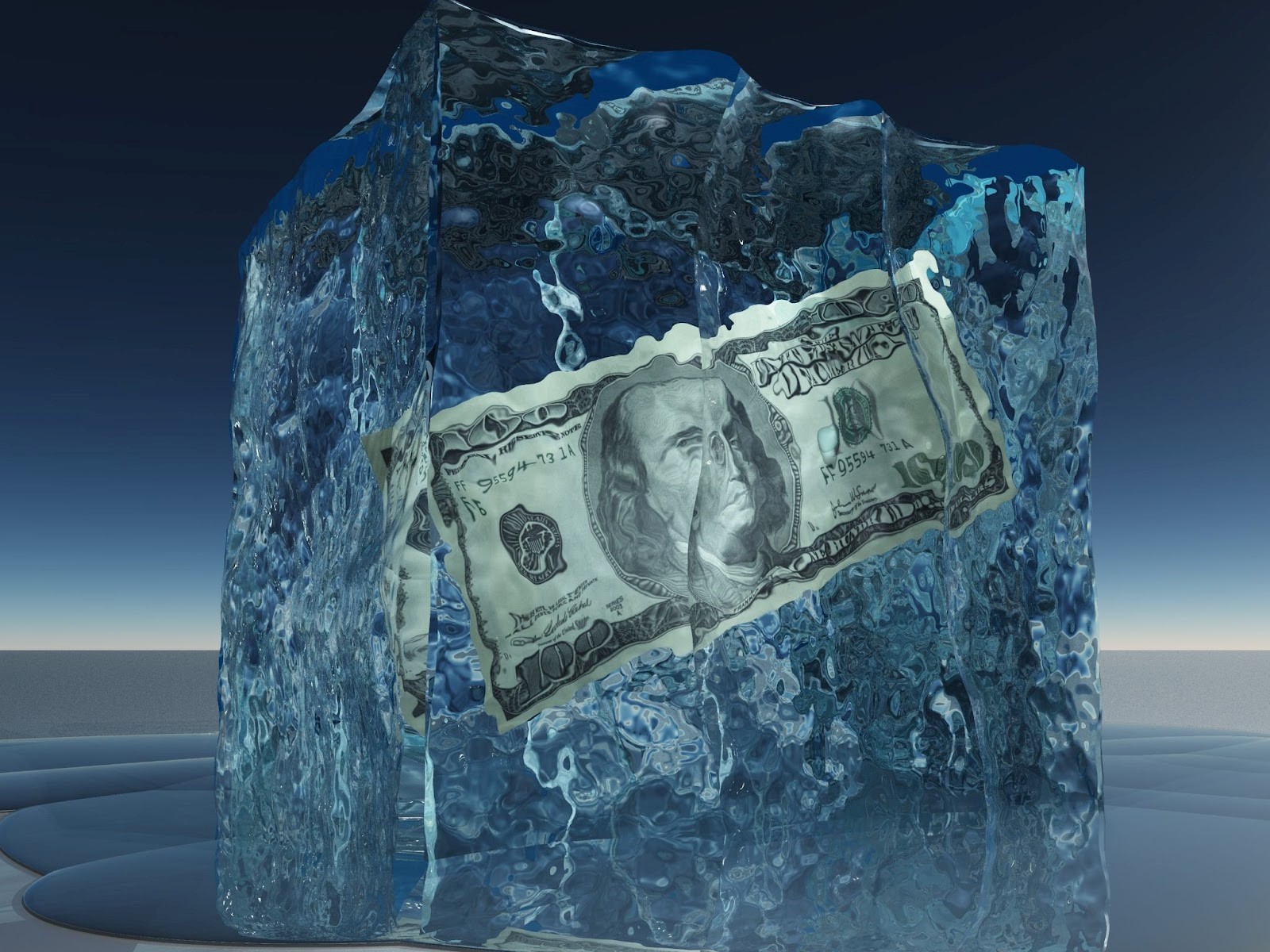
Outdoor Hose Maintenance
Before the temperatures drop outside and the snow begins to fly, make sure that you drain and remove all of your outdoor hoses. Not only can frozen water inside of your hoses damage the hose itself, but some of that water and ice can back up into the pipes inside of your home. This could cause serious damage to your plumbing system.
You can also choose to turn off the water that runs to your bibs outside. Once the water is shut off, you can leave the valve open to ensure that no water has remained in the lines that could potentially freeze. You can also choose to have frost-free hose bibs installed on the exterior of your home. This prevents freezing pipes inside.
Know Where Your Main Shutoff Valve is Located
If something were to happen that caused your pipes to burst or something was leaking, you should know where to go in order to turn the water off quickly. The more seconds that tick by, the more damage that can occur. In most homes, the main shutoff valve is located in the basement or crawl area under your house near your front foundation wall. If you don’t have a basement or crawl space, your valve is likely near your water heater.
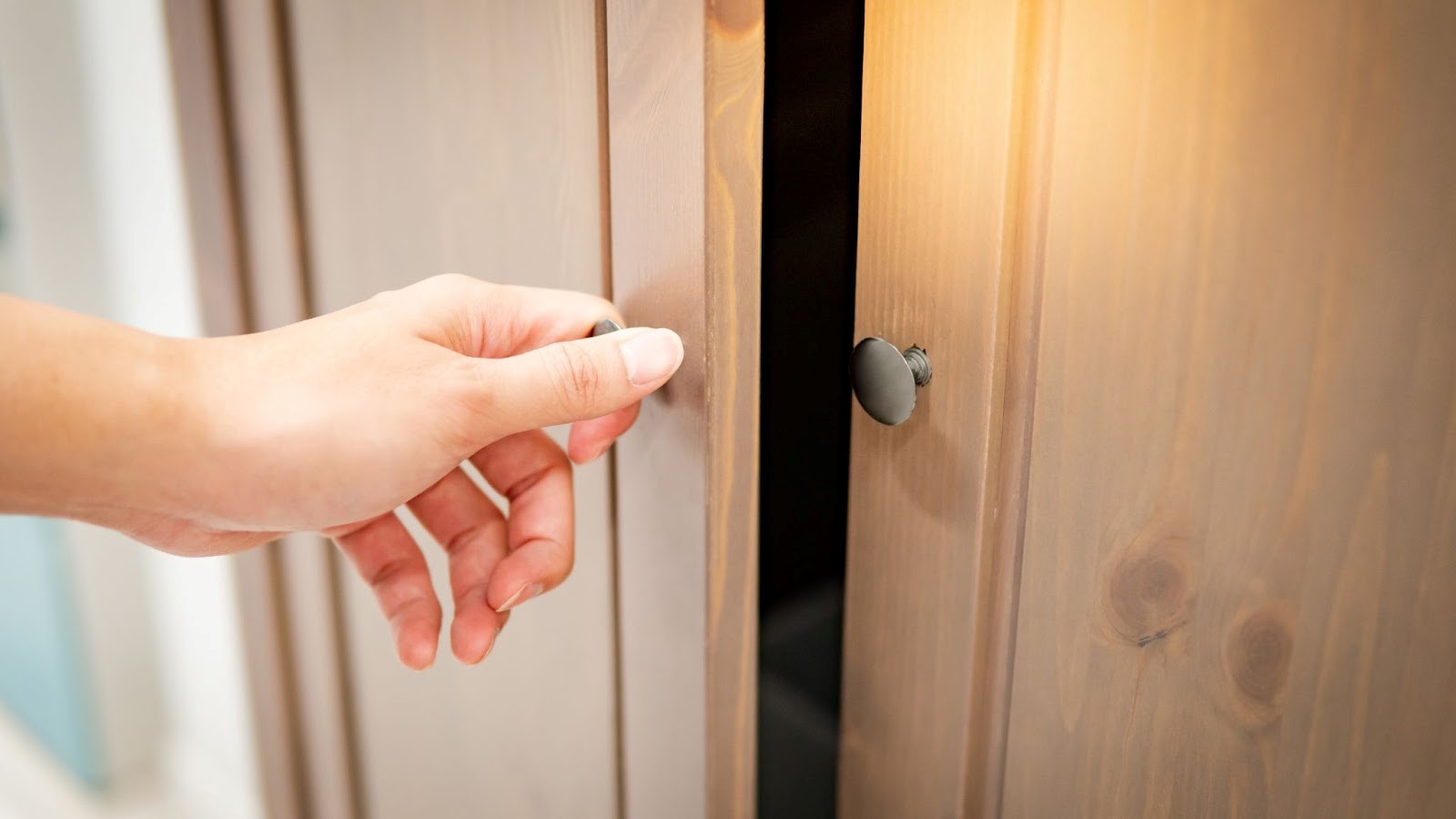
Insulating Your Pipes
There are insulation products that you can purchase which add some protection to your pipes so they don’t freeze. Looking similar to a pool noodle, a foam tube will slide over your pipes, insulating them and keeping them from losing heat for an extended period of time to prevent reaching the freezing point. Of course, this insulation method works best when the temperature inside your home is moderately warm, and you have taken other precautionary steps to prevent frozen water from backing up into your pipes.
Running Your Faucets
Having standing water in your pipes makes it much easier for water to freeze. If you periodically run your faucets to keep water flowing through, this can help break out any initial ice that has formed so it doesn’t grow larger and become a problem. Some people even allow their faucets to drip slightly just to keep some flow of water going during extreme cold weather.
Open Up Your Cabinets
During freezing weather, or if you’re going to be away from the home for an extended period of time and know that there is a risk for your pipes freezing, leave your cabinets open under your kitchen and bathroom sinks. This allows for warm air flow from inside your home to pass around your pipes, thus keeping them warm. This is especially important for plumbing located against outside walls.
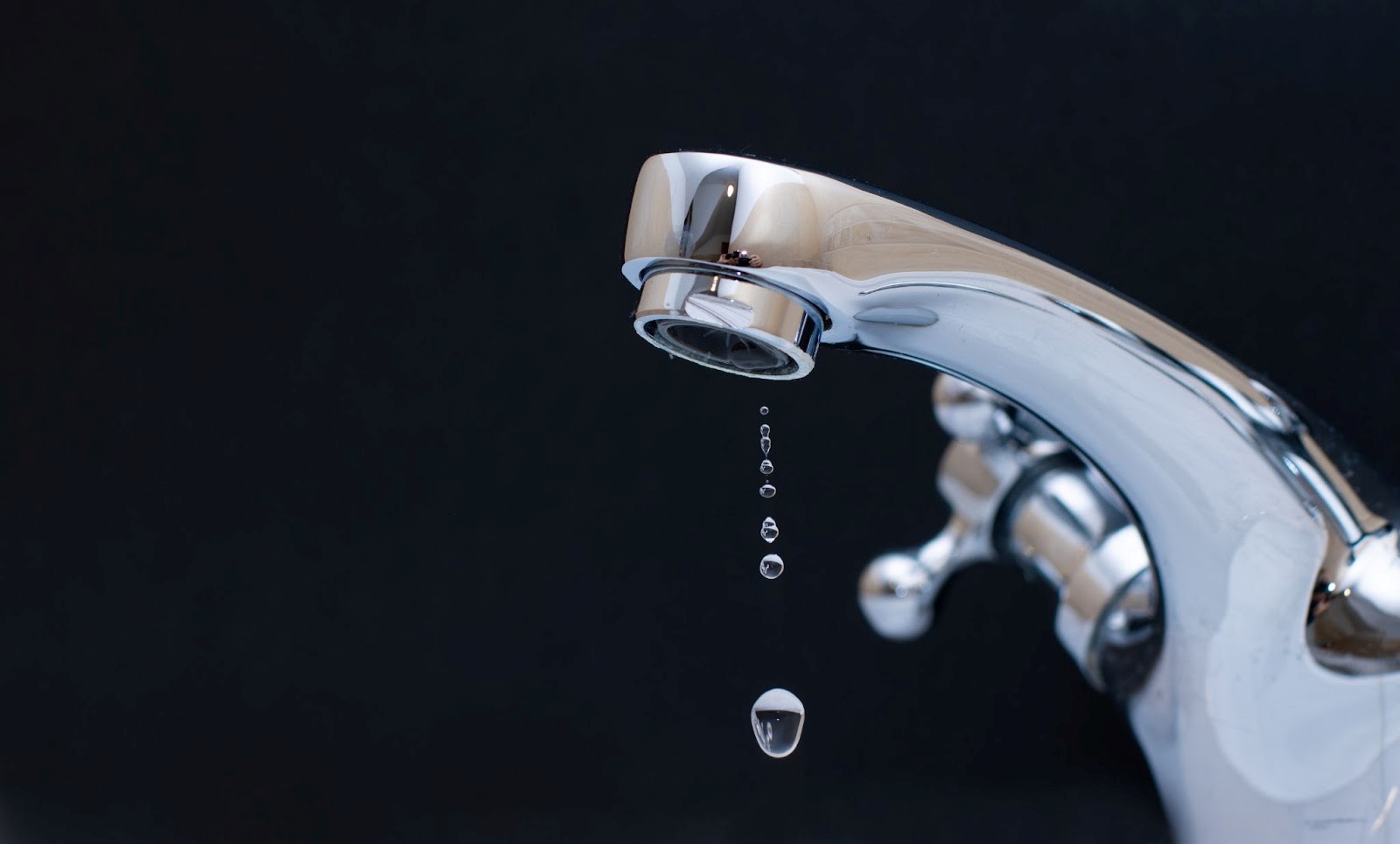
What to Do If Your Pipes Freeze
Despite all your best efforts to prevent your pipes from freezing, you may be faced with this situation regardless. Don’t panic, as there are ways that you can focus on thawing frozen pipes before they burst. Here are some steps that you can take:
-You’ll want to try and find the frozen pipe before moving forward. The most common place for this to occur is against an exterior wall of the home. Look for a cold spot on the exterior of your pipe, condensation, or ice.
-Leave your faucet open as you try to focus on thawing frozen pipes. You need to allow water to flow freely through, otherwise pressure could build inside the pipe.
-The goal is to apply heat to the exterior of your frozen pipe. This can be done with a heating pad, hair dryer, space heater or by wrapping wet, hot towels around the pipe. It might take some time to thaw the pipe, depending on how much ice has built up.
-Just because you’ve found one frozen pipe, that doesn’t mean you only have one issue to deal with. If it’s cold enough for one spot to develop a problem, you may very well have other areas that require your attention as well. Pipes may also split or burst in some cases. Be sure to know where your water cut-offs are ahead of thawing any pipes.
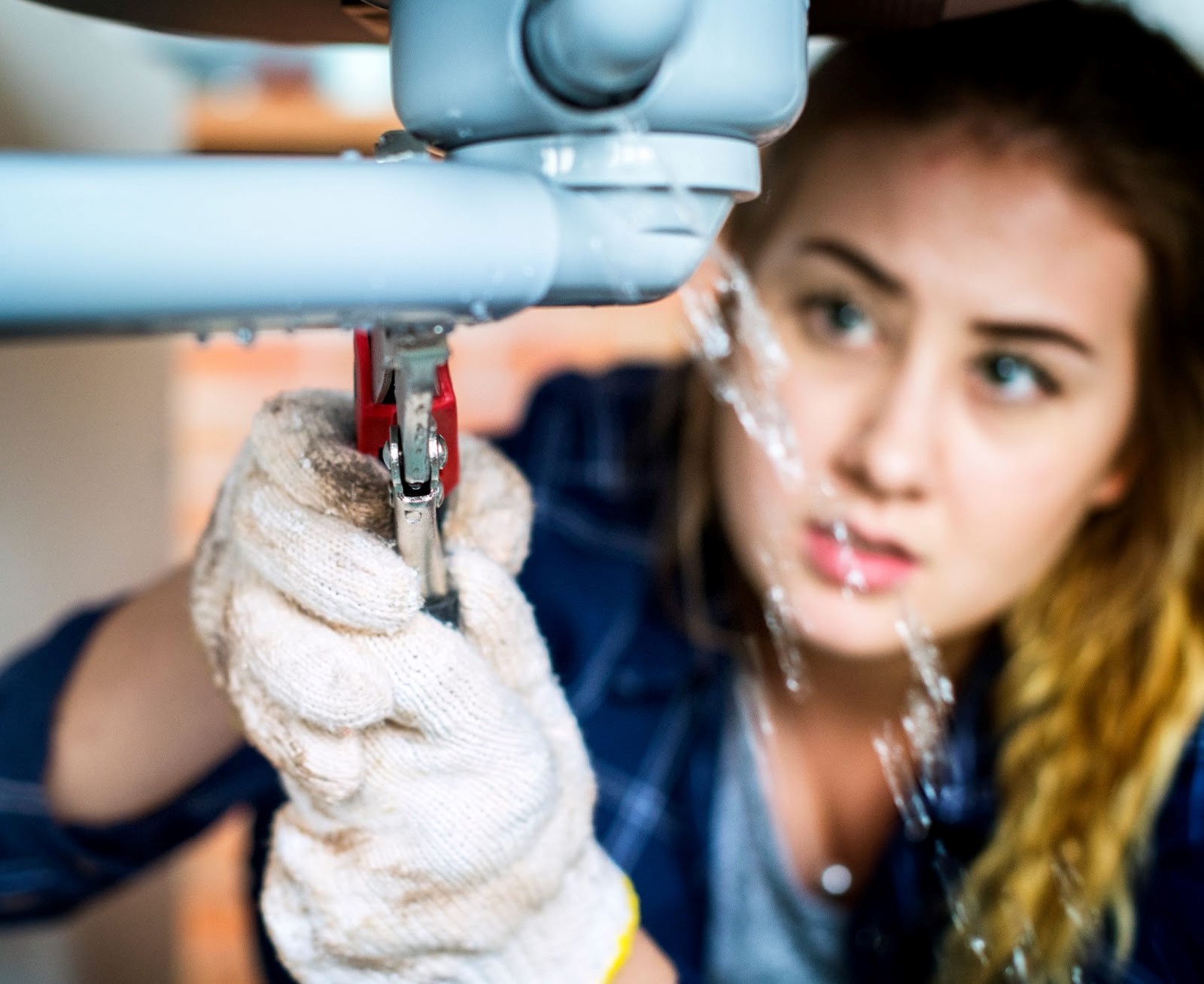
If you suspect that you have a frozen pipe in your home but are unable to locate the issue on your own, reach out to a licensed professional who can help you. Kelleher has been a trusted heating, cooling and plumbing company in the Richmond area for over four decades now. We are known for installing and maintaining high-quality home comfort systems and providing fast repairs. Let our family help your family with your home comfort needs.




